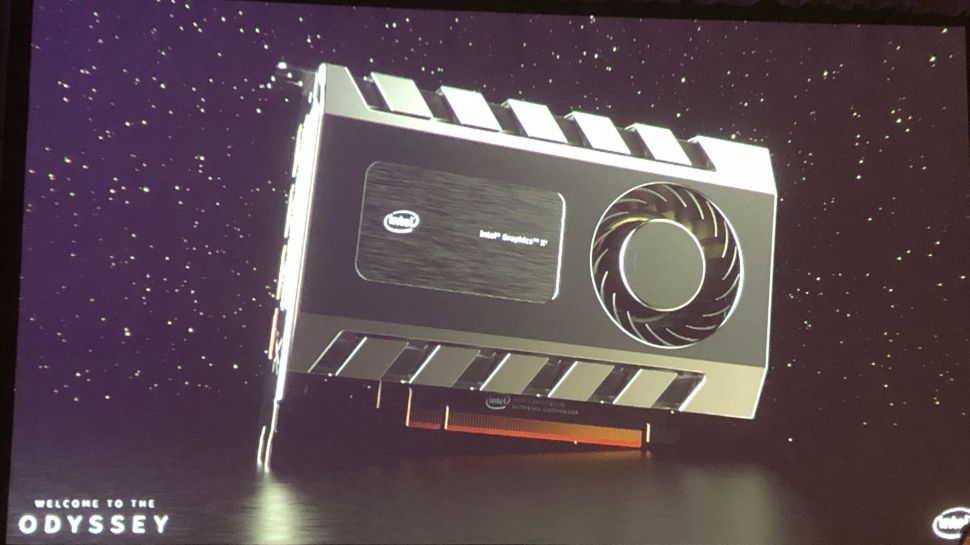At least for data center products – but maybe for consumer GPUs as well?
Intel has announced that hardware ray tracing will be supported with its upcoming graphics cards, at least in the data center models – but that’s perhaps a solid clue that the firm’s consumer GPUs will also support the technology.
So, there’s been a fair bit of chatter already about whether Intel’s consumer graphics cards might support ray tracing, given that Nvidia has very much championed the tech with its latest Turing RTX products – which have dedicated cores to better cope with the demands of ray tracing – and that firm will be Intel’s big rival in the GPU space.
- AMD vs Intel: which chipmaker does processors better?
- Building a gaming PC? Here’s a step-by-step guide
- Everything we know so far about Intel’s new graphics cards
And if its data center GPUs are coming with ray tracing support built-in at the hardware level, it’s not a huge leap to make in imagining that Intel is also planning this for its mainstream graphics card offerings (or at least the high-end ones, perhaps).
All this is speculation at this point, obviously, and there’s no guarantee that this will happen. As ever, we’ll have to wait and see, but as Intel’s new GPUs are expected to come out in 2020, it might not be too long before we hear more on exactly how far the chip giant plans to go with ray tracing support.
There’s another caveat here, too: the above announcement states that ray tracing is on the architecture roadmap, so that doesn’t necessarily mean it will be involved in the initial incarnation of Intel’s Xe products. But we can obviously hope that will likely be the case.
Cinematic angle
Another interesting point here is that at the FMX conference, which covers all sorts of topics on graphics, animations, and effects, Intel was pushing Embree, its high-performance ray tracing kernels, along with other technologies designed for photorealistic output and cutting-edge visual effects employed in big-name animated movies like ‘How to Train Your Dragon’.
And more specifically, Xeon processors running Embree, with the blog post touting the benefits of Intel Xeon Scalable processors along with these technologies, and incoming Intel Xe GPUs, which when all tied together should allow new heights of impressiveness to be reached in the realm of animated movies.
READ MORE:




.png)

.png)
No comments:
Post a Comment